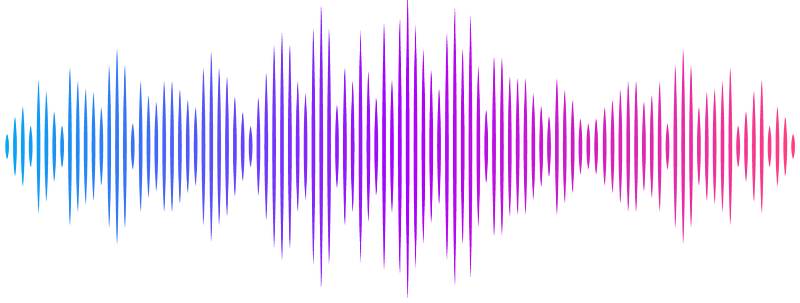Exploring transient neurophysiological states through local and time-varying measures of Information Dynamics

Exploring transient neurophysiological states through local and time-varying measures of Information Dynamics
Antonacci, Y.; bara, c.; de felice, g.; sferlazza, a.; Pernice, R.; Faes, L.
AbstractStudying the temporal evolution of complex systems requires tools able to detect the presence and quantify the strength of predictable dynamics within their output signals. Information theory aids in such a description, particularly through information storage (IS), which reflects the regularity of system dynamics by measuring the information shared between the present and the past system states. While the conventional IS computation provides an overall measure of predictable information, transient behaviors of predictability occurring during system transitions can be assessed by time-resolved measures such as the local information storage (L-IS), assuming stationarity, and the time-varying information storage (TV-IS), without stationarity assumptions. In this work, through a comparative analysis in simulated and real contexts, we aim to demonstrate how these methods complement each other and reveal dynamic changes of the system behavior associated to state transitions. In simulations, we show that the TV-IS can effectively track sudden changes of the information stored in the system, which is reflected in its average value computed over specific time intervals; on the other hand, the surprise originated by the emergence of a change in the predictability of the system is reflected in the variance of the L-IS computed within specific time intervals. In neurophysiological applications, the distinct phenomena of respiratory activity in sleep apnea and brain activity during somatosensory stimulation both reveal a significant decrease of IS evoked by state transitions, highlighting how such transitions can inject new information in physiological systems, affecting significantly their internal dynamics. Overall, TV-IS and L-IS appear to provide different and complementary information about the behavior of the systems under investigation, thereby offering valuable tools for the study of complex physiological systems where both stationary and non-stationary conditions may be present.


